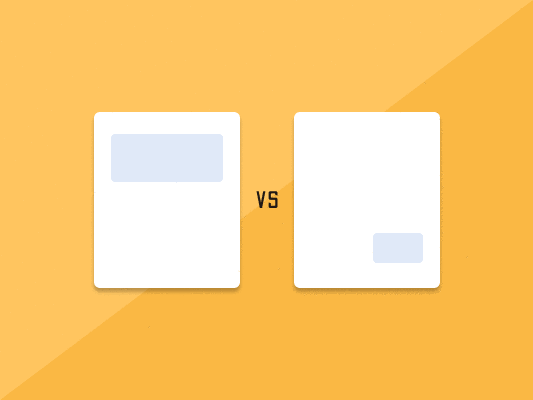You should already know content plays a very important role in your business. Now the question lies in whether you should be creating long form vs short form content.
Let’s understand the concept behind long form vs short form content today.
The definition of long form content will change slightly, depending on who you ask. But all agree that it is content that contains at least 1000 or more words. You can take it all the way to 2000 words and beyond if need be.
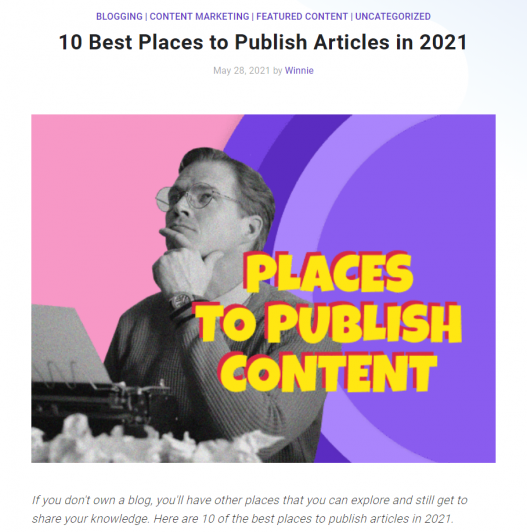
Those who believe less than 1200 words, as low as 800 words, can be considered long form content.
The following are some examples of long form content you will see out there.
• Guides or tutorial content
• Blog posts
• Evergreen content
• E-books
• Pillar content
• Landing pages
• Listicles
The idea behind long form content is to get the customer interested and engaged in the material. Therefore, the material covered should be in-depth, and therefore, not intended to be a quick read. The idea is to educate you, the reader, about a specific product so that you go away feeling that you have learned something useful.
In all this talk of lots of words, one thing that needs to be understood is that it is not just about meeting a certain word count. The content needs to be well researched and written by people who are preferably experts in their field. If the material is filled with mostly fluff, then long form content will not fulfill its aim and harm the website or blog.
Long Form Content: The Advantages
Studies done by various marketing organizations and educational institutions show that long form content is indeed a good way to help spread the word. Does that mean short-form content is useless? Of course not. It’s just that both have their place in the grand scheme of things, and everything needs to be considered before moving ahead with either one.
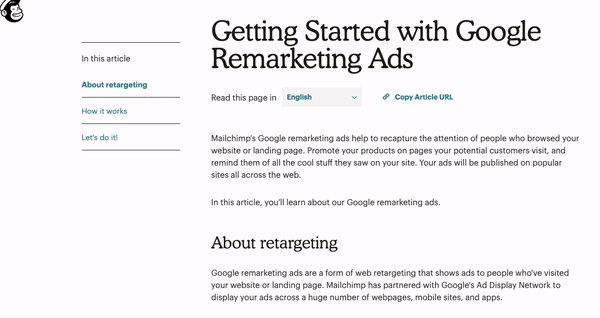
The first and most obvious benefit of the long form format is giving readers more information. A lot of things in life need a lot of explaining, and that is where long form content shines. Industries that provide complex products, such as banks, medical and technical industries, need to give the customer as much information as possible.
Long form content almost always looks more professional compared to short-form. If you were to read a short, hurried content on something important or costly, would you trust the information? Most likely not. There is just something reassuring about reading longer, well-informed content.
Even if you were to use the short attention span argument against the long form style, the fact is, if you arrange the article correctly, by following best practices in formatting, such as properly placed headers, you would still skim through the content relatively fast, and get what you need.
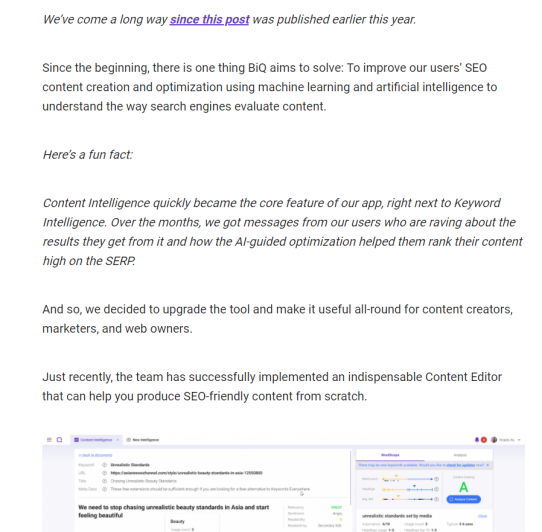
To summarize the advantages of long form:
- Always use long form for expensive products
- B-2-B sales require long form content
- When new products are introduced to the market
- Complex products that need lots of instructions
Therefore, the argument that people do not have the patience to read long form does not hold any value.
Short Form Content: The Advantages
As mentioned, it’s great for people who are only interested in skimming through and don’t have a lot of time on their hands. Since the content is relatively less, there is also a higher likelihood that people will share among peers. In this day and age, mobile searches and optimization is a top priority for most businesses, and short-form content is ideal for mobile devices.
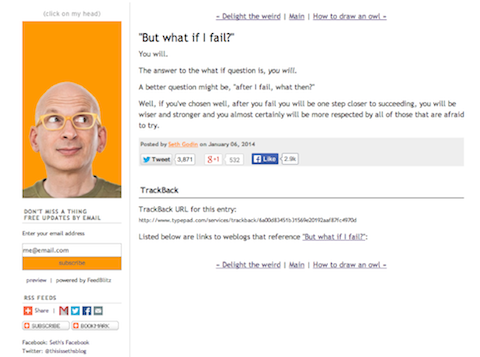
Compared to long form content, short-form has a better chance to go viral. This automatically means more people will see the content. In some instances, the equation is very simple, the more eyeballs you attract, the more customers you will get. Many well-known bloggers, such as Seth Godin, get plenty of viewers while using the short-form format.
Long Form vs Short Form Content: The Real Dilemma
There is no easy answer to this question, and it will depend entirely on the variables involved. Let’s take a look at some of the important ones.
The Goal: No, we’re not talking about soccer here, but one of the first things you need to figure out is what is the goal of the content you are creating. Are you trying to achieve status as the go-to guy, shareability, achieve high search rankings, engage audiences, increase traffic?
The Phase: By phase, it is meant by which stage you are at with your business. Is the business brand new? If it is, then investing in long form content may not be the best thing for you. Short-form content is a good way to get traction fast since it gets more viewers and is more likely to get shared.

The Platform: Mobile phones, tablets, or desktop? The platform your customers are going to use to view your content plays a big role in deciding between long or short-form content. Mobile users tend to like short-form; tablet and desktop users will like both. In fact, content being viewed on smartphones should exclusively be in short form.
The Audience: Have a clear idea regarding who you are catering to. If you run a website selling rocket parts, then you have to be ready to provide lots of information for your audience. If you are selling candy or pastries, keep things short and sweet. After all, there is only so much you can write regarding cakes and pies.
The Topic: This one is a cousin of the audience you are trying to reach. The topic should reflect the task at hand. If you are writing about how to fix a problem with an automobile, then be prepared to write a lot. On the other hand, giving your customers driving directions should be short.
Long Form vs Short Form Content: Understanding the Buyer’s Journey
Think about the last time you decided to purchase something. It’s unlikely you went forward with the decision based on a whim. You went through a process that started with deciding what you want and all the way to the decision to purchase. This journey you took is known as the buyer’s journey, in marketing terms.
One of the most important aspects of marketing is the sales funnel. The concept is quite simple; attract the customer by letting them know about your product, engage them with qualified sales staff and convert them to buying customers.
The sales funnel has three stages, and each one is dealt with differently. In the first stage or the awareness stage, you get their attention using blogs, social media, videos, how-to literature, and educational webinars.
In the second stage of the engagement stage, sales staff can offer comparison guides, case studies, or free trials. The third and final stage is the buying phase. The thing to keep in mind here is that the sales funnel is considered a general term.
Each business has to find its own path on how to create an effective sales funnel. There is no “copying and pasting” a method from one to another.
The Two Type of Consumers
Sure, there are many different types of consumers globally, but it is possible to divide them into just two different subgroups. One type is the one who thinks they know everything about a product, and the other one is entirely ignorant of the facts.
In the context of long form content, it can be tricky when showing these two consumers a lot of info. The consumer who thinks they know a lot may get discouraged when they find out they didn’t really know the product after reading a longer product description.
It could be a boon for the other consumer, and they are highly likely to convert a paying customer.
User Intent and Keywords
When researching the right keywords to use, the intent is very important. Keyword intent comes basically in four different types:
- Informational intent
- Commercial intent
- Navigational intent
- Transactional intent
Informational keywords deal with customers’ queries regarding how to do or find something. Commercial keywords are about sales deals such as coupons, free trials or buy something now. Navigational keywords deal with the names of products or brands and are usually educated on the product already.
Transactional keywords deal with content regarding a product. Transactional keywords are a hybrid of the informational and commercial keyword styles.
You may use BiQ’s Keyword Intelligence to check the keyword’s intent.
Let’s say you want to know the searcher’s intent when searching for ‘content marketing.’ Type them into the keyword tool.
It will show you the estimated keyword intent percentages based on the total number of related keywords.

The keyword has an informational intent from the example above, which means the searchers are in the awareness stages.
Since the searchers are looking for more information, you can create informational content such as ‘why do you need content marketing?’ and ‘top content marketing examples’.
Scroll down and you’ll be able to identify each keyword intent so that you can understand your target audience better.
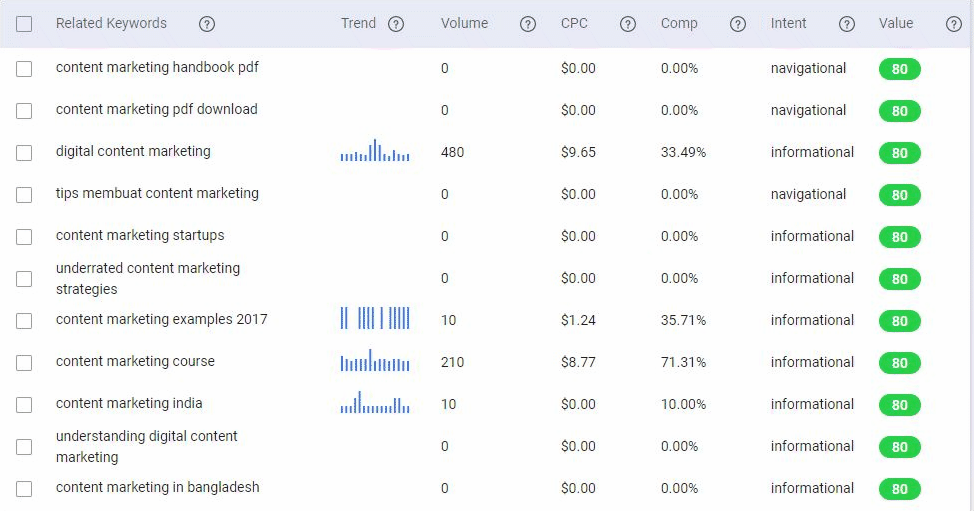
That is a great help because it eliminates assumptions and guesswork to identify the searchers’ intent.
Making the Best Choice
Long and short-form content serves a purpose, and both should be used. Deciding which one to use will depend entirely on the variables involved. Ask yourself key questions regarding who you are trying to reach and the purpose of the content.
Understand the difference between a short article and superficial content. Short-form content is not the same as superficial content. Superficial contents will not lead to sales. The idea is to create good content, regardless of long or short-form.
At the end of the day, you should know your viewers best and create content with them in mind. All the best in your content creation and if you need help in creating highly relevant content, use BiQ Content Intelligence to do so.
BiQ Content Intelligence provides you with the best content-driven strategies which are SEO-friendly. While you write in the block editor, you will also be getting interactive writing tips to aid you.
You will be able to see BiQ’s Content Intelligence real-time text editor to see your “content grade”, and keywords count that tells how relevant your article is. You’ll also quickly see if you’ve included enough keyword density.
When you insert a word or phrase that’s included in the terms suggested by BiQ, you’ll notice that it will be highlighted in yellow.
If your content isn’t A yet, you can make the necessary edits to take it there. But it’s important to note that an A content grade does not represent that your article “will rank number one on Google”.
At the end of the day, you should know your viewers best and create high-quality content ( be it long-form vs short-form copy) with them in mind. All the best in your content creation!



